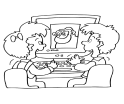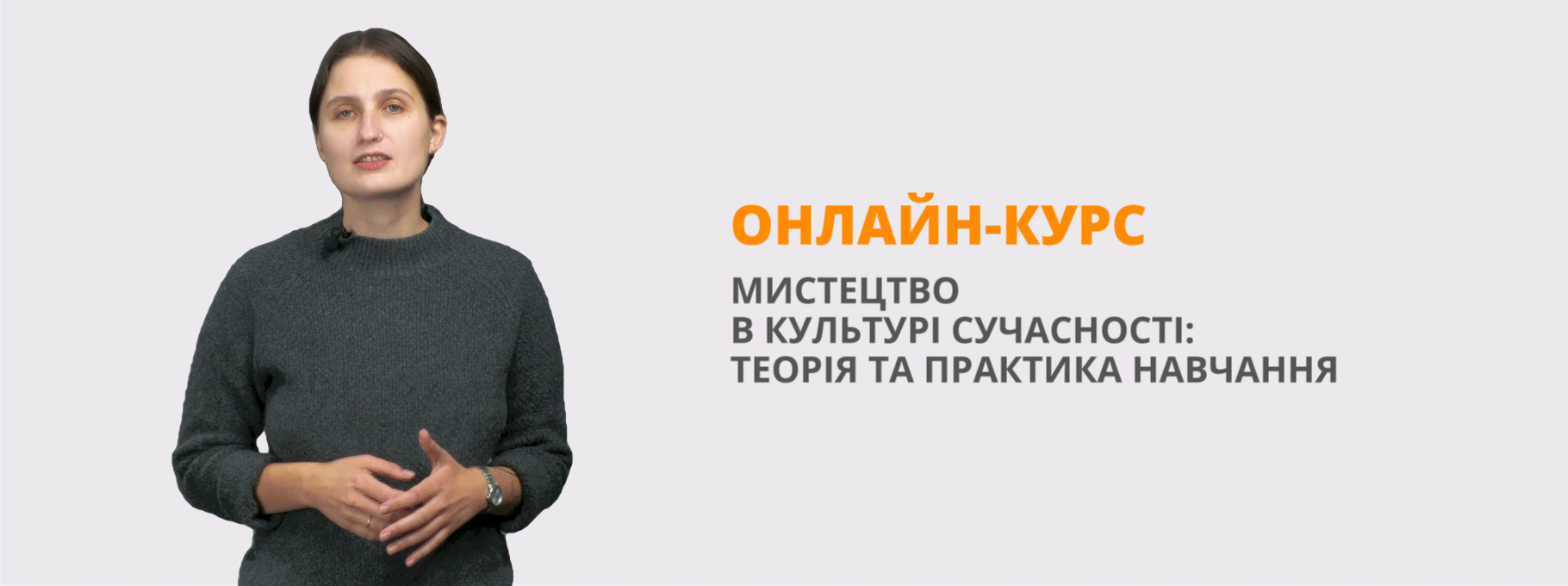Activities for Young Students, aged 10-14
At this age, children are able to express and talk about their feelings more substantially and begin to recognize moods and feelings in literature and stories.
Feelings
Мічуріна Т.В., вчитель англійської мови, Чорнобаївський НВК,
Херсонська обл., Білозерський район.
Activities for Young Students, aged 10-14
At this age, children are able to express and talk about their feelings more substantially and begin to recognize moods and feelings in literature and stories.
- A text called “Feelings” for American primary students
(New Macmillan Reading Program) begins like this:
I have feelings. Some are good and some are bad, just like yours.
In the spring I put some seeds in a big flower pot. One day little green leaves came up from the seeds. And they grew and grew.
By fall, there were big red beets in the pot. My mother cut them up and cooked them.
I felt proud
Every day I watered the seeds and really took good care of them. I think that’s why the beets were so good. Working hard at something helps to make it come about. I felt proud that everyone liked the beets.
On Fridays my mother takes me shopping.
I show her a game that I want. She will not buy it for me. She says” Next time.” Or she says, “You have one just like it.”
I feel that my mother does not love me
As we drive home, I don’t say anything for a while. Then my mother asks me about school and about my friends. I tell her about them. I love talking to my mother. I know she really cares for me. I don’t get the game, but no one can get everything he wants.
These are the samples from the text that also include anger at a teasing brother, feeling good at being selected for the school band, feeling lonely because a friend cant come and play(but finding an interesting book instead) and ending with I FEEL HAPPY. And this happiness is defined as doing something he likes, being with someone he likes, and liking himself.
Because this is written in the first person with concrete situations producing real feelings it has a lot of potential for classroom discussion or writing. The whole class could be given selected emotions or situations, or it could be opened up to something powerful or significant in the student’s own experience.
2 A related activity, “Talking About Feelings” (from the English Curriculum Bank, Speaking and Listening Key Stage Two: 1997, Scholastic Ltd.) explores recalling situations filled with emotional responses. To expand the possible lexis, first solicit feeling words from the class, putting suggestions on the board with some loose categorization. See if you can find antonyms for several. When you feel you have a sufficient number of vocabulary words fresh in student’s minds, erase the board and present the class with the following topics:
1. A time when you felt on your own (e.g. first day at a new school).
2. A time when you felt really angry with someone.
3. A time when you felt guilty about something you had done.
4. A time when you couldn’t stop laughing.
5. A time when you felt very silly.
6. A time when you were treated unfairly.
7. A time when someone let you down.
Now, each student can select one topic to talk about (in small groups or before the whole class), stressing how they felt in details. Also important to examine is how other people felt and what the student did and how the situation was resolved.
This can naturally be developed into a writing exercise based on storytelling.
3 Another way to approach the topic of feeling adjectives, proposed as a short exercise for warm-ups breaks and fillers by Tess Woodward in the Standby Book (1998, Cambridge U. Press). She calls it “You Guess Their Adjectives”.
It is an interesting two minutes activity where a teacher can discover how the students are feeling at the moment.
First, ask students to think of an adjective that describes the way they are feeling but keep it to themselves. When everyone has chosen the word they want, everyone stands up. The rules are simple: the teacher calls out some adjectives, and when a student hears his word called, he sits down. The teacher can begin with words such as “happy”, “tired”, “sad”, “energetic”, “hungry”, “sleepy”, etc. Pause after every word for students to have time to think and sit down.
The teacher continues and, if everyone hears their word and sits down, it is unusual. Normally, there are a few students left standing when the teacher has run out of adjectives. They disclose their and then also sit down.
4 An activity in writing a descriptive paragraph is natural for including vivid adjectives of emotions. This can begin with creating a word list on which you enumerate categories and add words.
Students can contribute other words for this word map. Then they choose a game or sport as a subject for a paragraph, beginning by circling words on the word map which might be used to describe a subject.
Now, before writing, each student needs to think about the following points:
- Think about your chosen game\sport, directions for it, and your feelings about it.
- Think about the order of events in your paragraph.
- Think about how to make an interesting first (topic) sentence.
- Think about using words from your word map.
Now, students write their first draft of their paragraph. They then re-read it and have a friend read it. Is it interesting or not? Is the spelling and grammar accurate? Does the writer communicate his\her feelings? Could they find better (more precise or interesting) words?
Feelings
How do you feel? There are many answers because you have many different feelings. Write about your feelings in these stories.
When I am with my friend, we play _ _ _ _ _ _ _ _ _ _ _ _ 
Then I feel _ _ _ _ _ _ _ _ _ _ .
A thunderstorm makes me feel _ _ _ _ _ _ _ _ _ _ 
because _ _ _ _ _ _ _ _ _ _ _ _ _ _ _ _ _ _ _ _ _ _ .
When I invite friends to sleep at my house, I feel _ _ _ _ _ _ _
because _ _ _ _ _ _ _ _ _ _ _ _ _ _ _ _ _ _ _ .
FEELINGS AND EMOTIONS
brave
curious
excited
friendly
glad
good
great
happy
honest
innocent
interesting
joyful
to be in love,
meditative
nice
optimistic
pleasant
to be pleased
to be proud of
quiet
satisfied
sensible
serious
surprised
wondered
negative
angry
annoyed
aggressive
agonized
arrogant
awful
bad
bored
confused
crazy
disappointed
disgusted
exhausted
frightened
frustrated
hurt
hysterical
to be jealous of sb
lonely
mad
mischievous
miserable
nasty
nervous
puzzled
sad
shocked
silly
sorry
suspicious
stupid
upset
Can you tell which feelings are expressed by these faces?







- How are these people feeling?
Toney’s soccer team lost the final game. He is very _____________.
Lisa does not know what to do. She is really _______________.
When Mary saw her ex-boyfriend with another girl, she became ________.
Maureen did not study for her exam and is very _____________.
Lucy does not understand the instructions. She is quite _______.
Dad caught a large fish. He is really ___________.
The two friends were in the haunted house. They were _____________.
- Fill in the blank with the correct option.
The choices are sleepy, sad, silly, happy, angry, embarrassed, upset.
People often smile when they are ____________.
People often cry when they are ___________________.
People often yawn when they are -______________________.
People often blush when they ____________________________.
People often frown when they are_________________________.
People often make funny faces when they are __________________________.
People often shake their fists when they are________________________________.


про публікацію авторської розробки
Додати розробку
